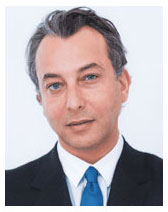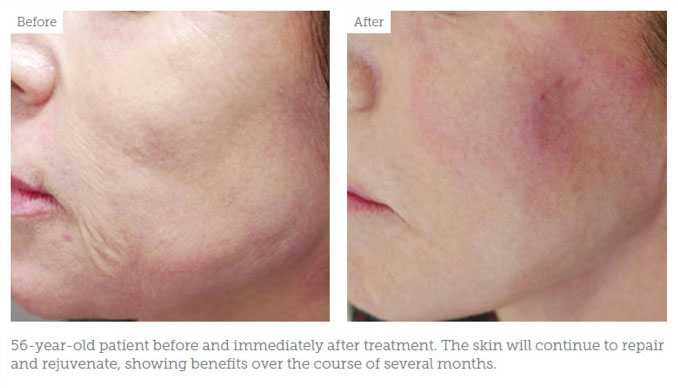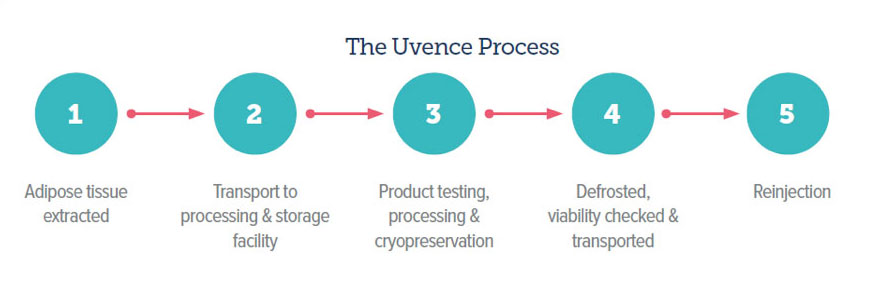Spotlight on: Uvence
A look into the future of regenerative medicine in aesthetics
Regenerative medicine has been the buzz term of the aesthetics field for some time now.
Referring to the branch of medicine that aims to develop innovations to regrow, repair or replace damaged or diseased cells, organs or tissues, its use in aesthetics has often involved adipose-derived mesenchymal stem cells (ADMSC). These cells are collected via liposuction and the adipose sample undergoes a purification, emulsification and filtration protocol to isolate the stem cells.1,2,3 The literature suggests that these living cells have the ability to differentiate, regenerate and ‘turn back the clock’ once reinjected.4,5 However, for many aesthetic practitioners, the use of ADMSCs are not a viable option for their patients, preventing it from becoming a mainstream treatment in medical aesthetics.
What is Uvence?
 Uvence is a relatively new concept pioneered and co-founded by London plastic, aesthetic and reconstructive surgeon Mr Olivier Amar and CEO Reece Tomlinson. It is a treatment approach that aims to bring regenerative medicine into non-surgical clinics to improve cosmetic concerns for skin quality and bioremodelling. Mr Amar says, “We know that ADMSCs have fantastic potential for regeneration and skin health for improvements such as discolouration, plasticity and elasticity, and there is a huge interest in this area. In 2001 Zuk et al. explained that fat can improve the skin thanks to the ADMSCs and we know that the highest yield of them comes from our fat.1 For a practitioner to obtain these ADMSCs, however, they need to harvest fat and prepare it appropriately – and to achieve this you need to be a surgeon trained to extract fat.” Mr Amar explains that Uvence aims to make this treatment accessible for the first time to cosmetic doctors and other surgeons.
Uvence is a relatively new concept pioneered and co-founded by London plastic, aesthetic and reconstructive surgeon Mr Olivier Amar and CEO Reece Tomlinson. It is a treatment approach that aims to bring regenerative medicine into non-surgical clinics to improve cosmetic concerns for skin quality and bioremodelling. Mr Amar says, “We know that ADMSCs have fantastic potential for regeneration and skin health for improvements such as discolouration, plasticity and elasticity, and there is a huge interest in this area. In 2001 Zuk et al. explained that fat can improve the skin thanks to the ADMSCs and we know that the highest yield of them comes from our fat.1 For a practitioner to obtain these ADMSCs, however, they need to harvest fat and prepare it appropriately – and to achieve this you need to be a surgeon trained to extract fat.” Mr Amar explains that Uvence aims to make this treatment accessible for the first time to cosmetic doctors and other surgeons.
How Uvence works
A small amount of up to 40cc of adipose tissue is extracted from the patient under local anaesthetic via micro-cannula liposuction by a surgeon at a Uvence-approved clinic. Blood is also extracted to screen for a standard profile of communicable infections. The tissue is then transported in a temperature-controlled and monitored manner to a Uvence processing and storage facility. Once there, it is prepared using a regulated, quality-controlled process to be made into Uvence Super Enriched Tissue prior to cryopreservation and storage.
Over the next five years the Super Enriched Tissue may be dispatched on-demand to Uvence-approved clinics for a variety of applications in skin rejuvenation. When the patient wants to use their Uvence Super Enriched Tissue, it is defrosted, and the viability of the live cells is checked. Once confirmed as viable, it is delivered by specialist courier in pre-loaded 1ml syringes to the patient’s preferred clinic, where the trained practitioner will reinject the product on the same day. Typically, four syringes are used for a treatment and may be injected or applied through microneedling. “The product is injected very superficially, creating a thin layer under the skin typically in the face, hands and neck. It’s very synergistic to other aesthetic treatment offerings. You don’t create volume with Uvence, so it can be used alongside dermal fillers. You are creating better skin, texture and cells and the results improve over time,” Mr Amar says.
In terms of risks or complications, Mr Amar explains that the injection is a simple process and the risks are no different to any other injectable. He adds, “Optimal results require skill and artistry, which is why using experienced, trained cosmetic doctors is important.” He adds, “There is of course the potential for contamination with the product itself, but there are many precautions in place to prevent this in our zero-tolerance quality-controlled process.”
Patient demand and selection
According to Mr Amar, patients who are particularly thin might not be good candidates due to the need to take an appropriate fat sample, however most patients who are of a healthy weight can be considered. He also says that patients of all ages and skin types who want to see an improvement in their skin tone and texture can benefit from this treatment. He explains, “Uvence is ideal for those who are looking for a personalised cosmetic treatment that does not consist of any synthetic materials and compounds. I have certainly seen that patients are becoming more conscious of the products they are treated with and many are looking for a more natural and personalised approach. They like the idea of using their own body


 “Ours was one of the first clinics to embrace Uvence and see its potential as a treatment, on its own and in combination with others. The potential for the rejuvenation of the skin is a really exciting part of its appeal especially in combination with other treatments such as fillers, botulinum toxin and radiofrequency. It also allows more doctors than ever before access to this great treatment in a standardised way with easily repeatable results.”
“Ours was one of the first clinics to embrace Uvence and see its potential as a treatment, on its own and in combination with others. The potential for the rejuvenation of the skin is a really exciting part of its appeal especially in combination with other treatments such as fillers, botulinum toxin and radiofrequency. It also allows more doctors than ever before access to this great treatment in a standardised way with easily repeatable results.”Dr Rita Rakus
and cells for rejuvenation.” The organic and natural market is showing substantial growth, with a recent study indicating it grew 23% in 2019 and suggesting that 79% of people are more likely to buy a beauty product if it is labelled ‘organic’. 7 Mr Amar adds, “I have also seen an interest in this treatment approach particularly from the younger generations – it will be a fantastic option for those who want to try to prevent the signs of ageing.”
The future of Uvence
Mr Amar explains that although there is plenty of evidence for the safety and benefits of this procedure, Uvence is currently conducting its own clinical studies to gather data on the cell viability, quality and quantity of fat for Uvence’s specific protocol.
The Cadogan Clinic in London was the first clinic to provide Uvence and Mr Amar says that the company is working with various other clinics to create Uvence-approved centres for fat harvesting and others for reinjecting. “There is a lot of compliance behind approving clinics and COVID-19 is not helping us here, but we have a lot of clinics interested. We are hoping to have more practitioners offer this treatment in due course.”
Mr Amar says that Uvence is currently focusing on the aesthetic market but is eager to benefit patients further afield. “The next step is to branch into gynaecology to help functional and cosmetic gynaecology issues. Beyond gynae is hair and orthopaedics! We’re really just at the beginning.”
He notes that Uvence is not reinventing the wheel, explaining, “It’s about upgrading a treatment that is already used so that it is more refined, standardised, efficient and quality-controlled, while also making it available to more practitioners and patients.” Mr Amar concludes, “I think the potential is huge – Uvence provides an easy way for practitioners to have access to a new treatment and the procedure is completely standardised, ensuring that the patient undergoes the same bespoke treatment every time.”
REFERENCES
- Zuk PA, et al., Multilineage cells from human adipose tissue: implications for cell-based therapies, Tissue Eng, 2001 Apr;7(2):211-28.
- Palumbo P, et al., Methods of Isolation, Characterization and Expansion of Human Adipose- Derived Stem Cells (ASCs): An Overview, Int J Mol Sci. 2018 Jul; 19(7): 1897.<https://www.ncbi.nlm. nih.gov/pmc/articles/PMC6073397/>
- Zuk PA, et al., Human Adipose Tissue Is a Source of Multipotent Stem Cells, Mol Biol Cell. 2002 Dec; 13(12): 4279–4295.
- Uyulmaz et al., Nanofat Grafting for Scar Treatment and Skin Quality Improvement, Aesthetic Surgery Journal, Volume 38, Issue 4, April 2018, Pages 421–428. <https://academic.oup.com/asj/ article/38/4/421/4818349>
- Menaces, S, et al., Subcutaneous Injections of Nanofat Adipose-derived Stem Cell Grafting in Facial Rejuvenation, Plastic and Reconstructive Surgery – Global Open: January 2020 – Volume 8 – Issue 1 – p 2550.
- About Uvence, 2020. <https://uvence.co/about/>
- Organic Beauty and Wellbeing Market 2020, Soil Association, 2020. <https://www. soilassociation.org/media/20474/sa_beauty-and-wellbeing-report_2020.pdf>


No Comments